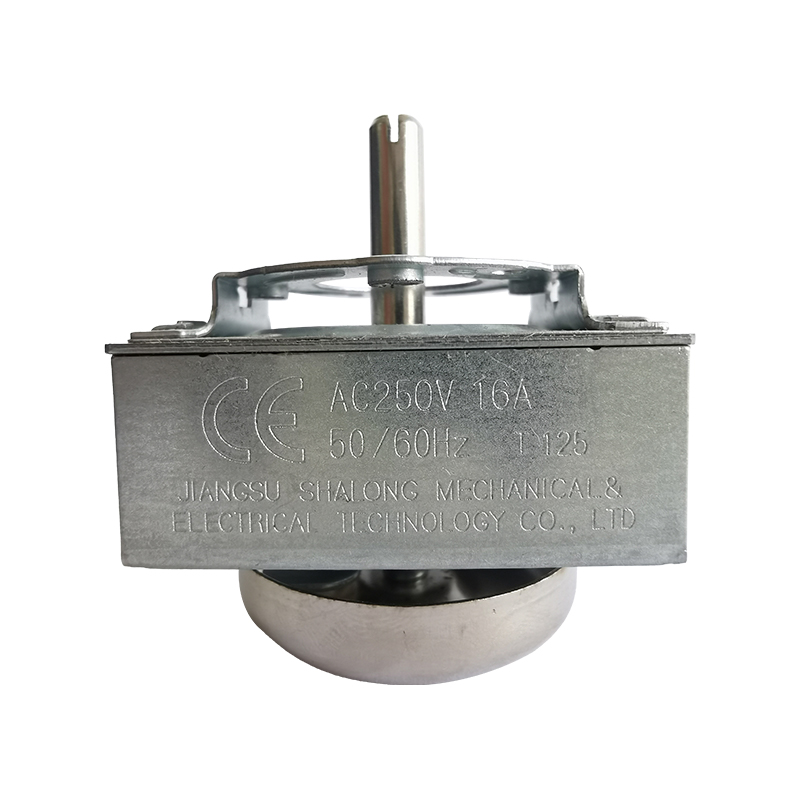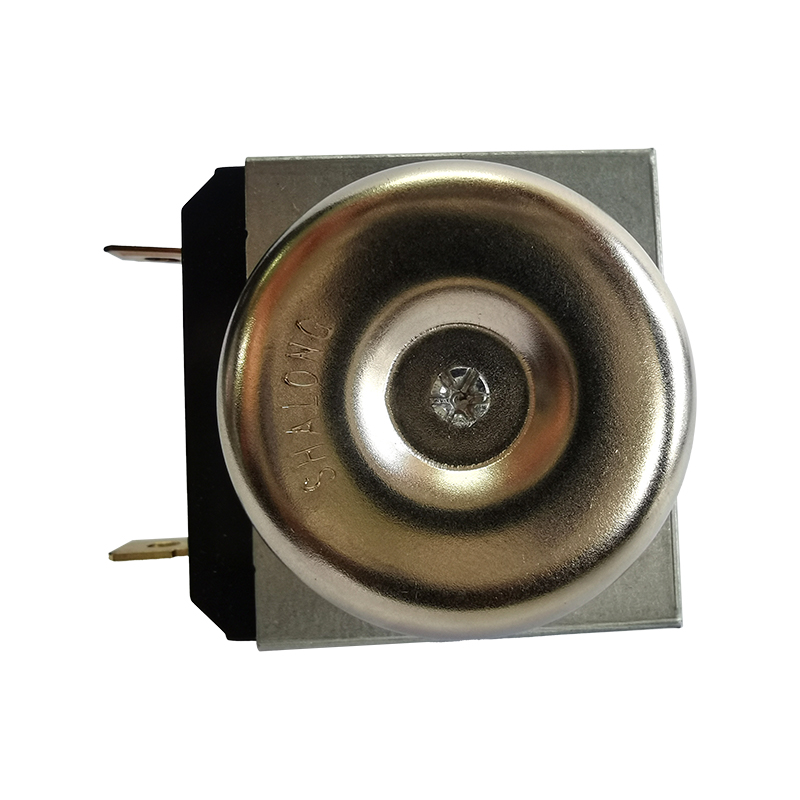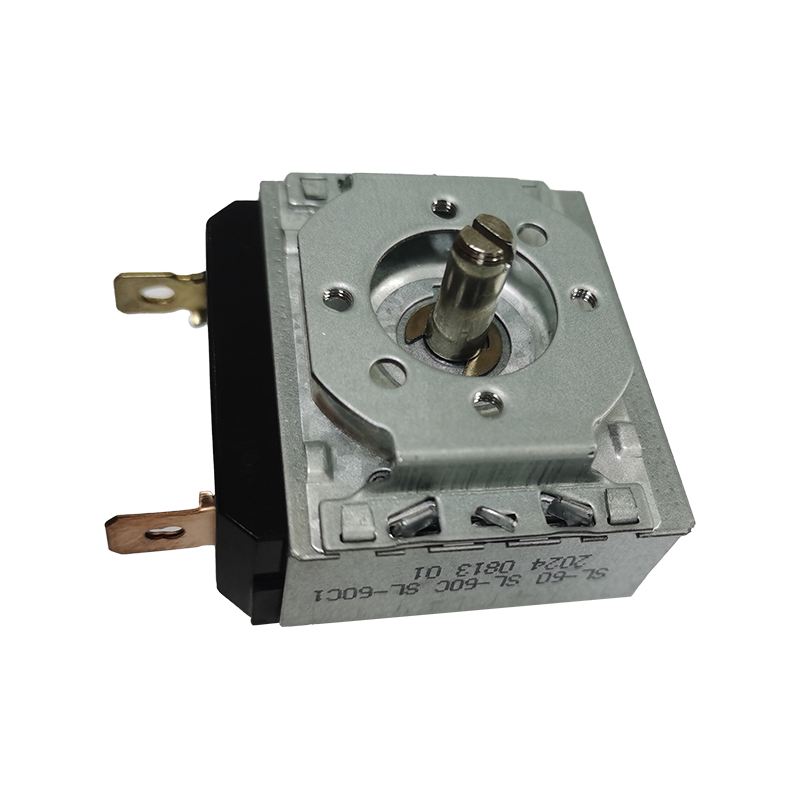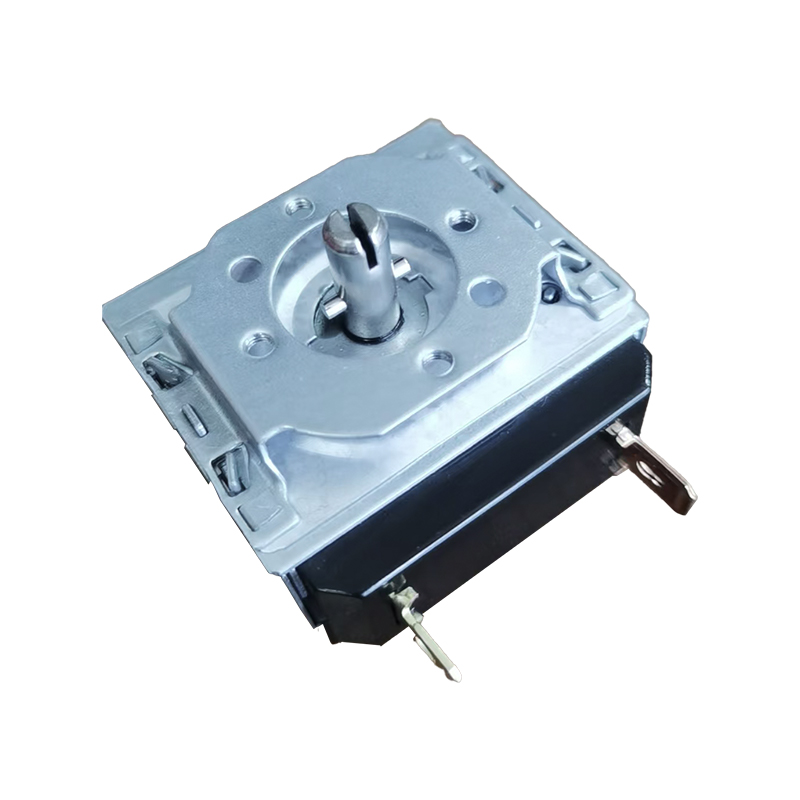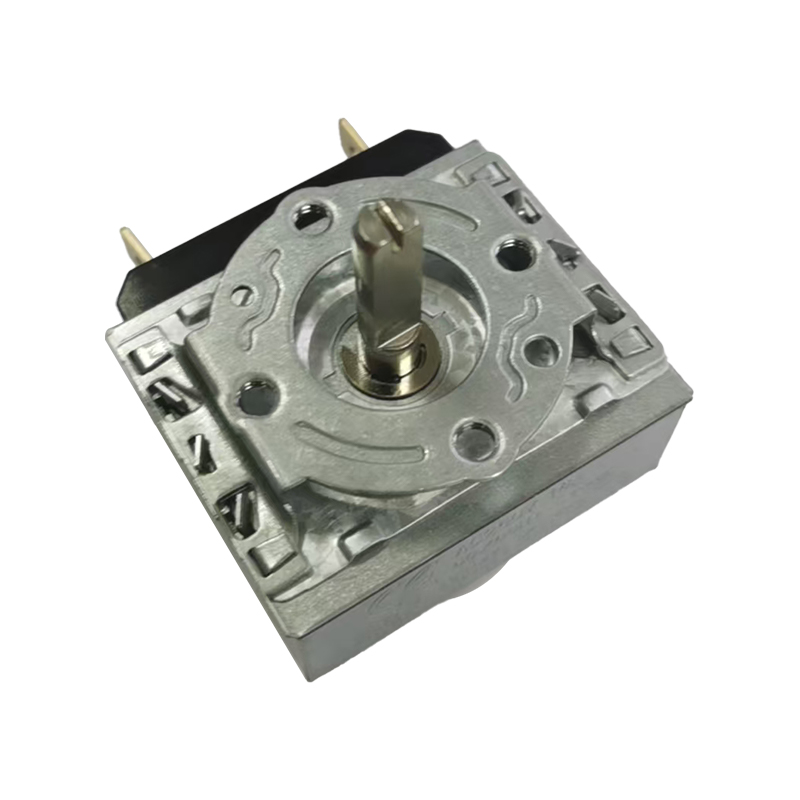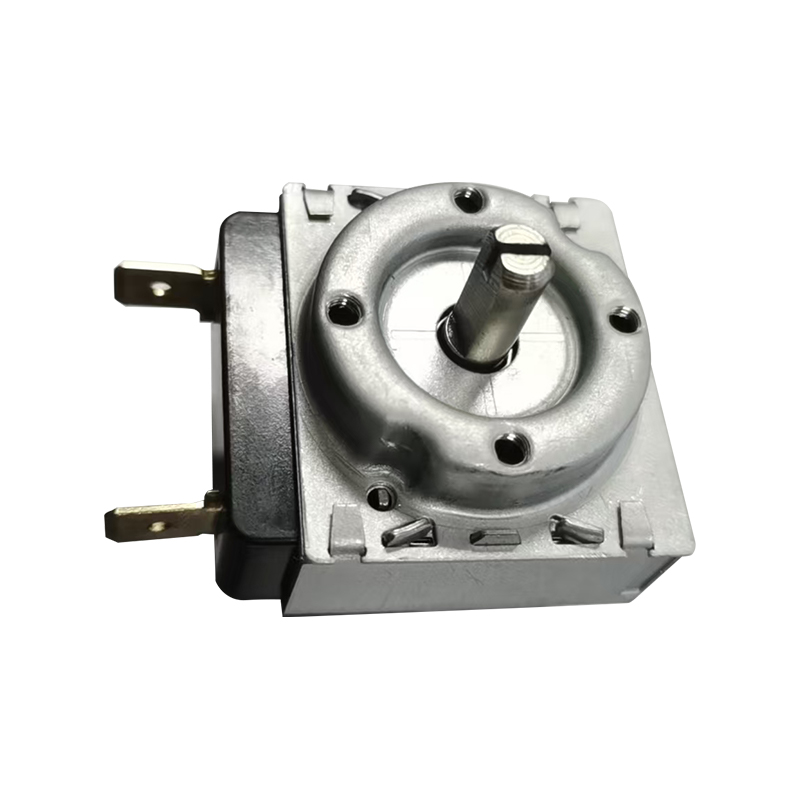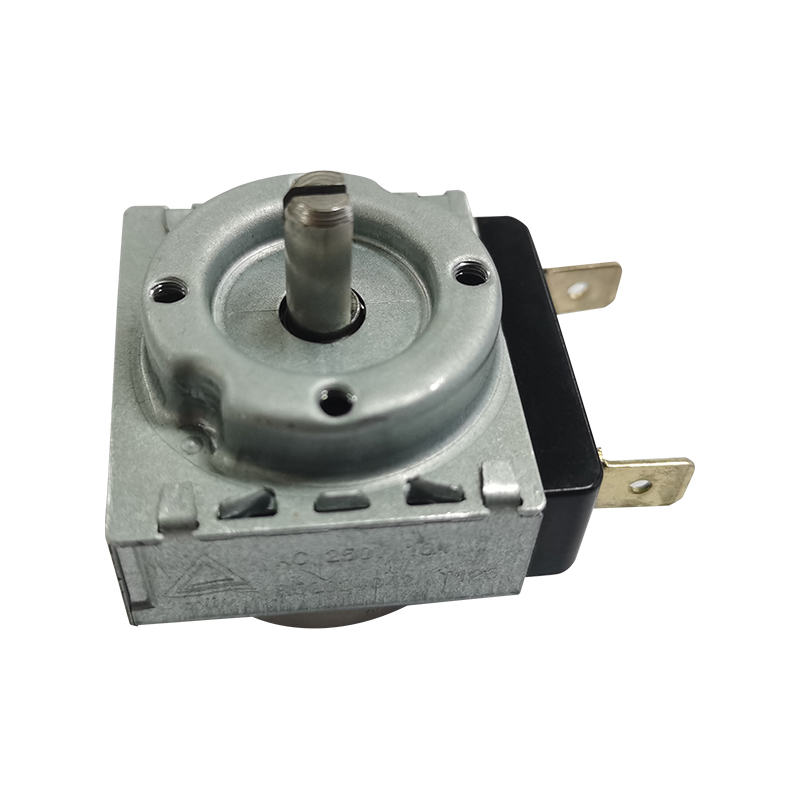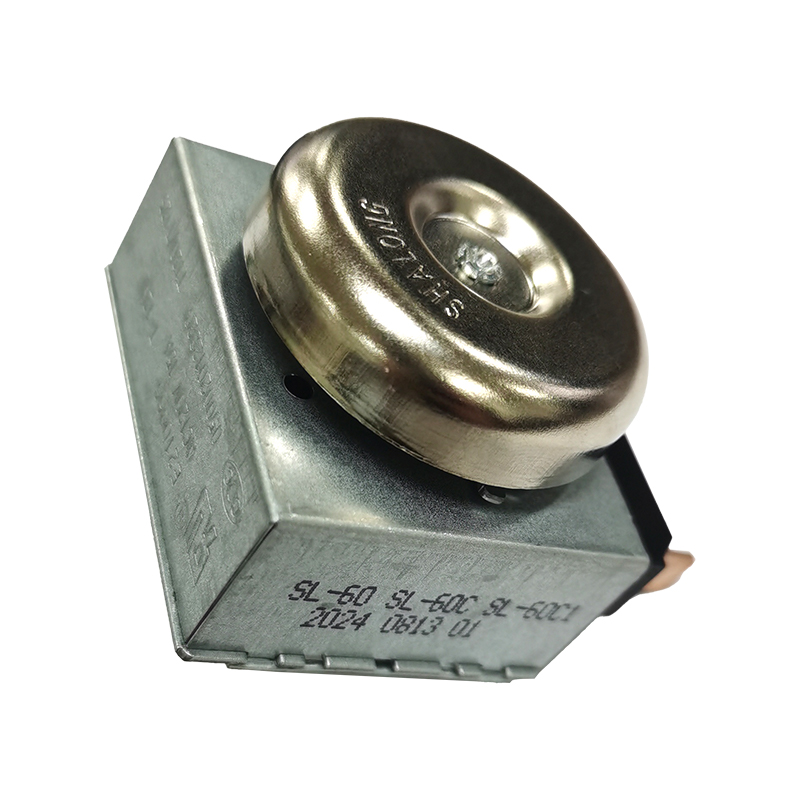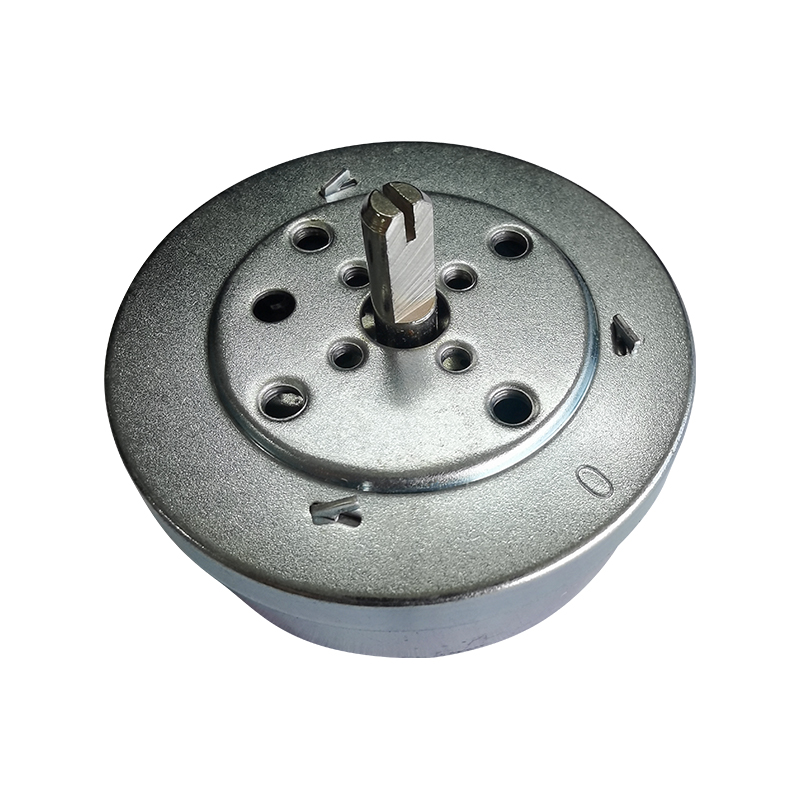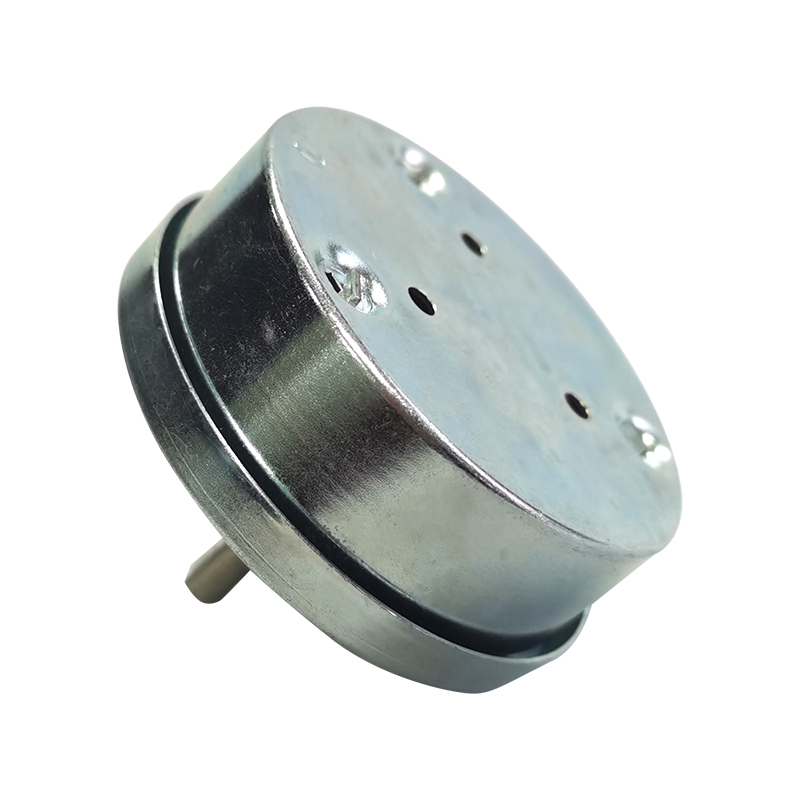Among many timing devices, mechanical timers, thanks to their battery-free design and intuitive operation, have found a place in many areas, including cooking, learning timekeeping, and experimental control. Understanding the correct operation of a mechanical timer is crucial for first-time users or those looking to use this tool more effectively.
A mechanical timer is a timing device powered by an internal spring and gear mechanism. Its operating principle is similar to a traditional mechanical clock, but its function is focused on countdown. The user rotates the dial to set the desired time interval, and the spring drives a hand or marker to rotate back from the set time to zero at a constant speed, often accompanied by a clear "ring."
Detailed Operation of a Mechanical Timer
While different models of mechanical timers may differ slightly in appearance, the core operation steps are generally the same. Master these three steps and you'll be able to use your timer with ease:
Step 1: Winding the Spring (Critical Step)
This is the most crucial step in using a mechanical timer, and it's often overlooked or improperly performed.
- Full Rotation: Before setting any time, you must first rotate the timer's dial (usually the outer ring) a full rotation clockwise until it reaches its maximum time setting (e.g., 60 minutes or some other maximum value).
- Purpose: This operation fully winds the internal mainspring, providing the timer with sufficient mechanical power to ensure that it can stably and accurately complete the countdown from the set time and ultimately trigger the alarm.

Step 2: Set the Desired Time
After winding the mainspring, the next step is to set the desired countdown.
- Counterclockwise Rewind: From the maximum position, rotate the dial counterclockwise to the specific time you want to set (e.g., to the "15" mark for 15 minutes).
- Precise Alignment: Ensure that the mark you set (usually an arrow or dot) is precisely aligned with the target time on the dial.
Step 3: Wait and Reminder
Once the setting is complete, the mechanical timer will begin counting.
- Start Countdown: The timer's internal mechanism begins to work, and the time scale slowly and steadily moves toward zero.
- Ring Alert: When the timer pointer reaches the "0" mark, the winding mechanism triggers a built-in buzzer or bell, sounding a clear tone to notify you that the time has expired.
Applications of Mechanical Timers
Thanks to their reliability and ease of operation, mechanical timers are useful in a variety of situations:
- Kitchen: For time-sensitive cooking tasks such as baking, boiling eggs, and stewing.
- Study/Work: For the Pomodoro Technique, short break timing, and children's concentration training.
- Home: For laundry, applying facial masks, and short nap reminders.
The key to properly operating your mechanical timer lies in the first step—winding it. Remember to turn it fully clockwise first, then turn it back counterclockwise to set the time. Master these simple operating instructions and you'll fully enjoy the convenience and reliability of a mechanical timer. Whether it's improving efficiency or precisely controlling cooking times, this small device can be a valuable aid in your daily life.



 English
English 中文简体
中文简体
